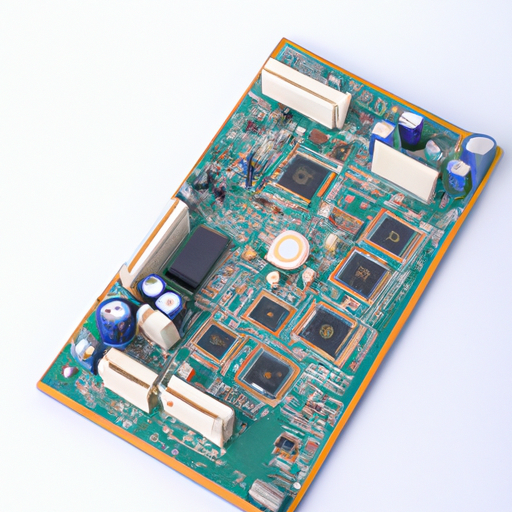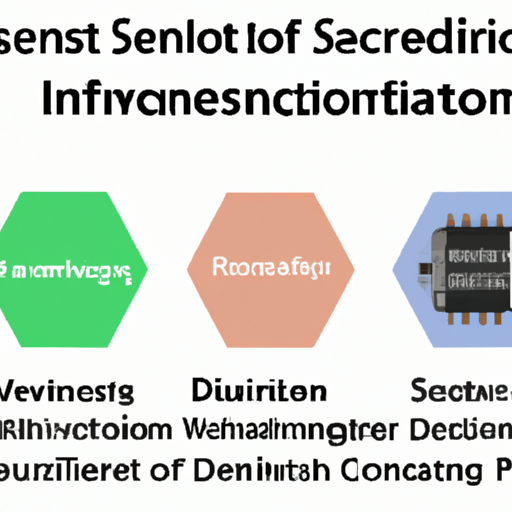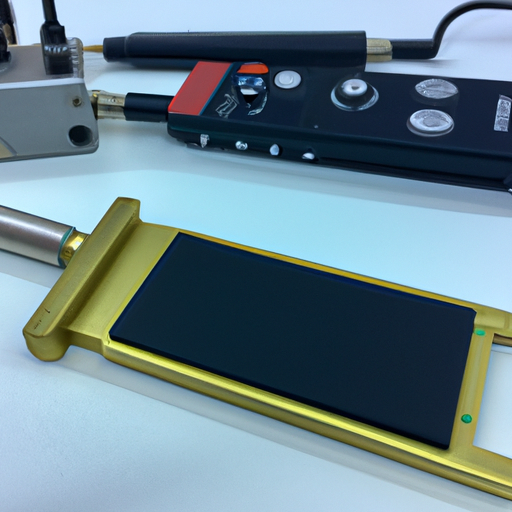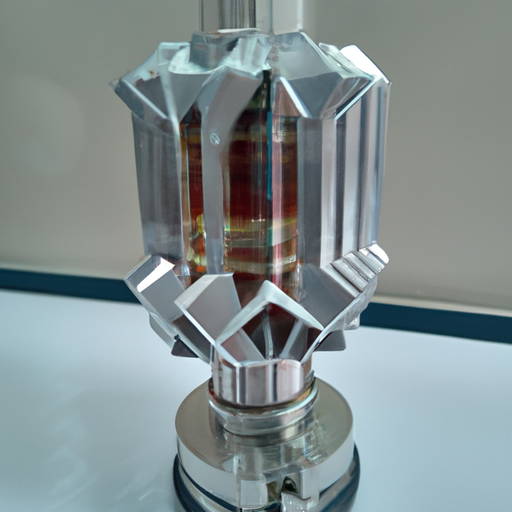Power management integrated circuits (PMICs) are essential components in modern electronic devices. They are responsible for managing the power supply to various components of the device, ensuring that they receive the correct voltage and current. One important type of PMIC is the RMS to DC converter. In this article, we will explore the main application direction of PMIC - RMS to DC converters.
RMS to DC converters are used to convert an AC signal into a DC signal. The RMS (root mean square) value of an AC signal is a measure of its average power. By converting the RMS value of an AC signal into a DC voltage, the converter can provide a stable power supply to the device. This is particularly important in applications where the AC signal is noisy or fluctuates rapidly.
One of the main application directions of PMIC - RMS to DC converters is in power management for audio systems. Audio signals are typically AC signals, and converting them to DC is essential for powering the various components of the audio system. For example, an amplifier requires a stable DC voltage to operate correctly. By using an RMS to DC converter, the audio system can ensure that the amplifier receives a stable power supply, resulting in better sound quality.
Another application direction of PMIC - RMS to DC converters is in power management for LED lighting systems. LED lights require a stable DC voltage to operate correctly. However, the AC voltage supplied by the power grid is not suitable for powering LED lights directly. By using an RMS to DC converter, the LED lighting system can convert the AC voltage into a stable DC voltage, ensuring that the LED lights receive a consistent power supply.
PMIC - RMS to DC converters are also used in power management for motor control systems. Motors require a stable DC voltage to operate correctly, and an RMS to DC converter can provide this. By converting the AC voltage supplied to the motor into a stable DC voltage, the motor control system can ensure that the motor operates at the correct speed and torque.
In addition to these application directions, PMIC - RMS to DC converters are also used in power management for a wide range of other electronic devices. For example, they are used in power management for battery charging systems, where they convert the AC voltage supplied by the power grid into a stable DC voltage for charging the battery. They are also used in power management for data acquisition systems, where they convert the AC voltage of the sensor signal into a stable DC voltage for processing by the data acquisition system.
In conclusion, PMIC - RMS to DC converters are essential components in modern electronic devices. They are used to convert AC signals into stable DC voltages, ensuring that electronic components receive a consistent power supply. The main application directions of PMIC - RMS to DC converters include power management for audio systems, LED lighting systems, motor control systems, battery charging systems, and data acquisition systems. By using an RMS to DC converter, electronic devices can operate more efficiently and reliably, resulting in better performance and longer lifespan.











